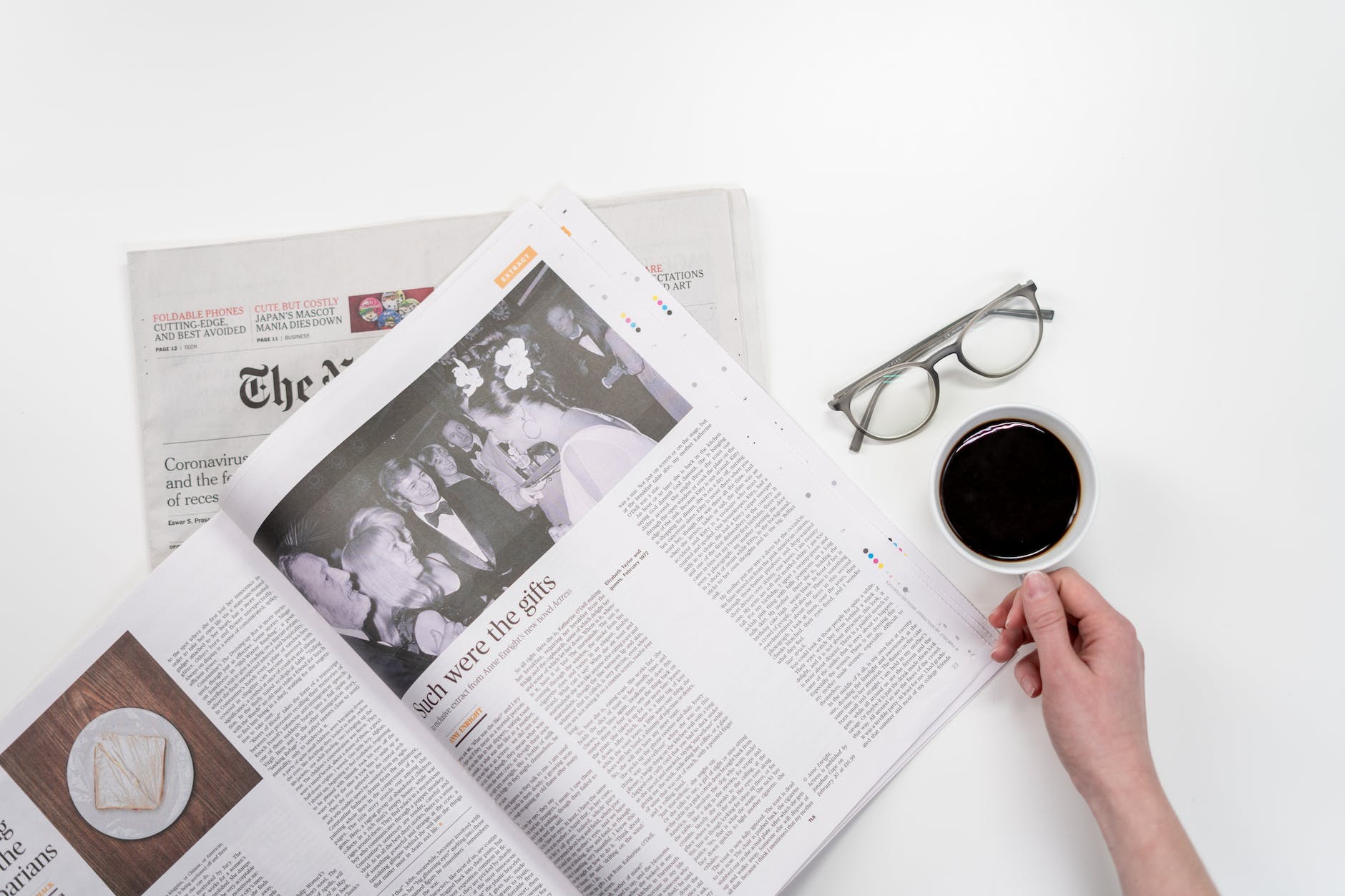
In today’s world, we are constantly exposed to different sources of information, from social media to newspapers to TV channels. However, not all information is equally reliable or trustworthy. Some sources may have hidden agendas, political affiliations, or personal opinions that influence how they present the facts. This is called bias, and it can affect our perception of reality and our decision-making.
Bias can be hard to detect, especially if we are not aware of it or if we agree with it. However, being able to identify and evaluate bias in the news is an important skill for critical thinking and media literacy.
Here are 10 things you can do to detect bias in the news:
- Check the source. Who is behind the news outlet? What is their reputation? What is their mission statement? Do they have a clear editorial policy and code of ethics? Do they disclose their funding sources and potential conflicts of interest? Do they have a diverse staff and contributors?
- Check the author. Who wrote the article or report? What are their credentials and expertise? What is their perspective and background? Do they have a history of writing biased or inaccurate stories? Do they cite their sources and provide evidence for their claims?
- Check the date. When was the article or report published or updated? Is it current or outdated? Does it reflect the latest developments and facts? Does it account for new or conflicting information?
- Check the facts. Are the facts presented accurately and objectively? Are they verified by reliable sources? Are they consistent with other sources? Are they relevant and complete? Are they distorted or manipulated to support a certain point of view?
- Check the language. How is the language used to convey the information? Is it clear and precise or vague and ambiguous? Is it neutral and respectful or emotional and inflammatory? Is it factual and descriptive or opinionated and evaluative? Does it use loaded words, exaggerations, generalizations, stereotypes, or labels?
- Check the balance. How is the information balanced and fair? Does it present different sides and perspectives of an issue or event? Does it acknowledge alternative views and counterarguments? Does it provide context and background information? Does it avoid false equivalencies, false dilemmas, or false balance?
- Check the images. How are images used to accompany the information? Are they relevant and accurate or misleading and deceptive? Are they original or edited or manipulated? Do they support or contradict the text? Do they evoke emotions or reactions?
- Check the purpose. What is the purpose of the article or report? Is it to inform, educate, persuade, entertain, or sell? Is it clear or hidden? Does it match the content and tone? Does it align with your expectations and needs?
- Check your own bias. How do you react to the article or report? Do you agree or disagree with it? Why? Do you have any prior knowledge or opinions on the topic? How do they affect your interpretation and evaluation of the information? Are you open-minded and willing to challenge your own assumptions and beliefs?
- Check other sources. How does the article or report compare to other sources of information on the same topic or issue? Do they confirm or contradict each other? Do they provide different angles or insights? Do they raise new questions or doubts?
By following these 10 steps, you can become a more informed and critical consumer of news and information. You can also develop your own opinions and judgments based on evidence and reason rather than bias and emotion.



